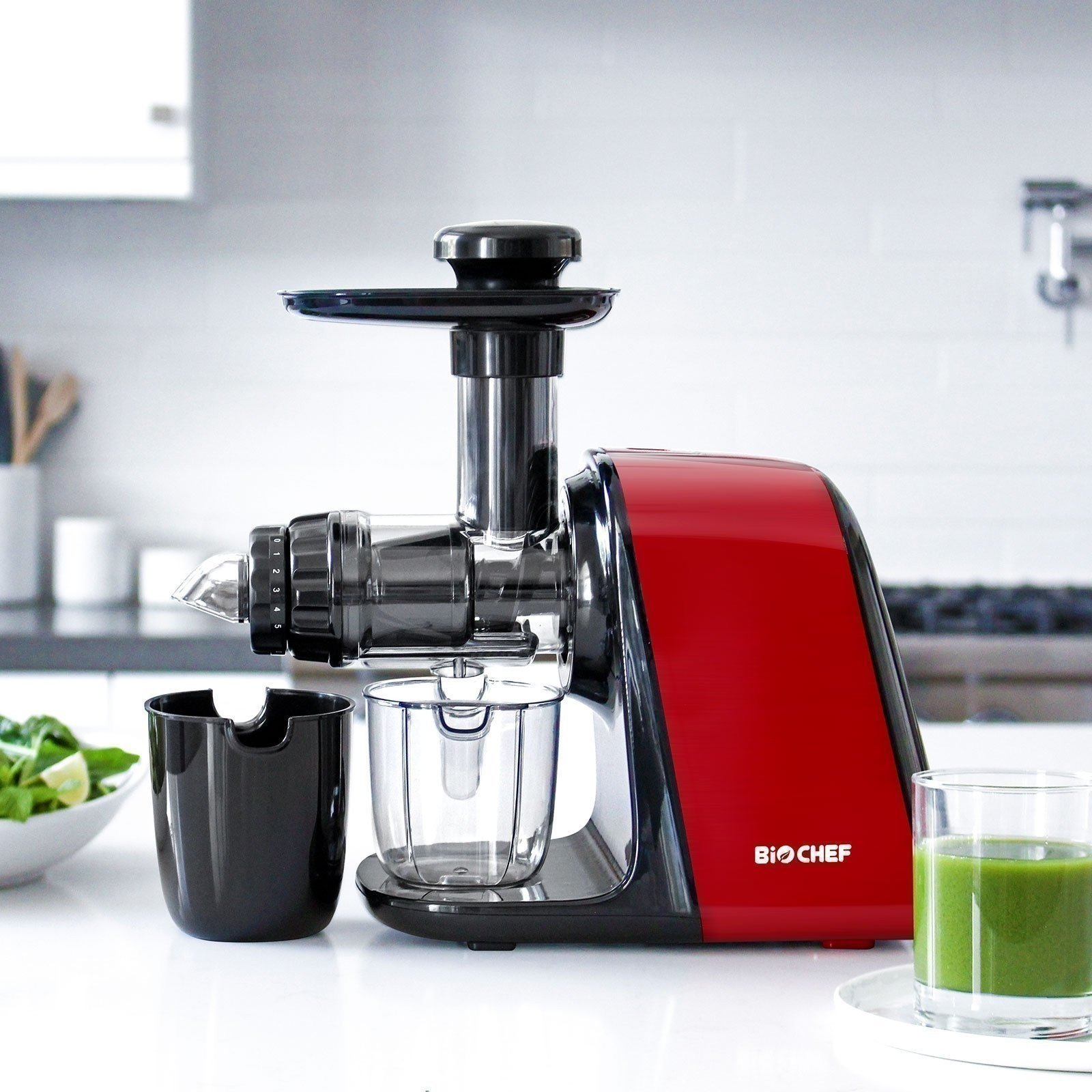

Articles
How Does A Cold Press Juicer Work
Modified: October 20, 2024
Discover the inner workings of cold press juicers in this informative article. Explore the science behind how these juicers extract maximum nutrients.
(Many of the links in this article redirect to a specific reviewed product. Your purchase of these products through affiliate links helps to generate commission for Storables.com, at no extra cost. Learn more)
Introduction
Welcome to the world of cold press juicers! If you’ve ever wondered how these incredible machines work, you’ve come to the right place. In this article, we’ll dive into the mechanics of a cold press juicer and explore how it extracts juice from fruits and vegetables in the most efficient and nutritious way possible.
A cold press juicer, also known as a masticating juicer or a slow juicer, has gained popularity in recent years due to its ability to retain the maximum amount of nutrients and enzymes from fresh produce. Unlike traditional centrifugal juicers, which use high-speed spinning blades to extract juice, a cold press juicer operates at a much slower speed, preserving the natural flavors and nutrients of the ingredients.
So, how does a cold press juicer really work? Let’s take a closer look at its components and the step-by-step process it undergoes to produce that delicious and nutrient-rich juice.
Key Takeaways:
- Cold press juicers operate at slow speeds, retaining maximum nutrients and enzymes for healthier, more flavorful juice. Their gentle extraction process ensures minimal heat and oxidation, preserving the natural goodness of fruits and vegetables.
- Versatile and efficient, cold press juicers offer superior taste and extended shelf life. They outperform centrifugal and citrus juicers, providing nutrient-rich, vibrant juices with minimal foaming and oxidation.
Read also: 12 Best Juicer Cold Press for 2025
What is a cold press juicer?
A cold press juicer is a type of juicer that is specifically designed to extract juice from fruits and vegetables using a gentle and slow squeezing motion. It is also known as a masticating juicer or a slow juicer. Unlike traditional centrifugal juicers that use high-speed spinning blades to extract juice, a cold press juicer operates at a much slower speed, usually between 40 to 80 rotations per minute (RPM).
The main principle behind a cold press juicer is to minimize heat and oxidation during the juice extraction process. Heat and oxidation can degrade the nutritional value of the juice, leading to a loss of vitamins, enzymes, and antioxidants. By using a slow and gentle squeezing action, cold press juicers are able to retain more nutrients and enzymes, resulting in a healthier and more flavorful juice.
One key feature of a cold press juicer is its auger or screw-like mechanism. This auger rotates slowly, crushing and grinding the fruits and vegetables against a screen to separate the fiber from the juice. The fiber is ejected separately while the juice is collected in a container.
Cold press juicers also have a wider feeding chute compared to centrifugal juicers, allowing you to insert larger pieces of produce without the need for extensive pre-cutting. This feature saves time and effort in the juicing process.
Additionally, cold press juicers are versatile machines that can handle a wide range of ingredients, including leafy greens, hard fruits, soft fruits, and even nuts for making nut milks.
Overall, a cold press juicer offers the benefits of maximizing nutrient content, minimizing oxidation, and providing a superior tasting juice compared to other juicer types. Its slow and gentle extraction process ensures that you get the most out of your fruits and vegetables, making it a popular choice among health-conscious individuals.
Components of a cold press juicer
A cold press juicer consists of several essential components that work together to extract juice from fruits and vegetables. Understanding these components will give you a better appreciation of how the juicer operates. Let’s explore the main components:
- Motor: The motor is the heart of the cold press juicer. It powers the juicer and drives the auger to squeeze and extract juice from the produce. Cold press juicers typically have a low-speed motor to maintain the integrity of the ingredients and prevent heat buildup.
- Auger: The auger is a long, spiral-shaped screw that rotates slowly to crush and grind the fruits and vegetables. As it moves, the auger pushes the produce towards the juicing chamber, allowing the juice to be separated from the fiber.
- Juicing Chamber: The juicing chamber is where the magic happens. It is where the produce is fed into the machine and comes into contact with the auger. The chamber is designed to ensure maximum extraction of juice while minimizing oxidation and foam.
- Screen: The screen, also known as the filter or strainer, is a fine mesh that allows the juice to pass through while trapping the pulp and fiber. This ensures that the resulting juice is smooth and pulp-free.
- Juice Container: The juice container is where the extracted juice is collected. It is usually detachable for easy pouring and cleaning.
- Pulp Container: The pulp container collects the leftover fiber and pulp from the juicing process. It can be emptied and cleaned after juicing.
- Feeding Chute: The feeding chute is the opening at the top of the juicer where you insert the fruits and vegetables. Cold press juicers typically have a wider feeding chute compared to other juicer types, allowing for easy insertion of larger ingredients.
- Pusher: The pusher is a tool that helps you guide the produce down the feeding chute and towards the auger. It is an essential safety feature to prevent any contact with the rotating parts of the juicer.
These are the main components of a cold press juicer. Each part plays a crucial role in the extraction process, ensuring that you get a fresh, nutritious, and delicious juice every time.
Working principle of a cold press juicer
The working principle of a cold press juicer revolves around the concept of slow and gentle extraction. It aims to extract juice from fruits and vegetables while preserving the maximum amount of nutrients and enzymes. Let’s explore the step-by-step process of how a cold press juicer operates:
- Preparation: Before starting the juicing process, it’s important to wash and prepare the fruits and vegetables. Remove any peels, pits, or seeds, and cut them into manageable pieces.
- Feeding the produce: Open the feeding chute of the cold press juicer and insert the prepared produce. You may need to use the pusher to guide the produce down into the juicing chamber.
- Crushing and grinding: Once the produce enters the juicing chamber, the slow rotating auger comes into action. The auger gently crushes and grinds the fruits and vegetables against the inner walls of the juicing chamber. This process breaks down the cell walls of the produce and extracts the juice.
- Separation of juice and pulp: As the auger rotates, it pushes the crushed pulp and fiber towards the screen or filter. The juice is squeezed out through the tiny openings in the screen, while the pulp and fiber are retained on the screen’s surface.
- Collection of juice: The extracted juice flows through the screen and collects in a separate container. This container can then be conveniently used to pour and enjoy the freshly squeezed juice.
- Disposal of pulp and fiber: Meanwhile, the separated pulp and fiber are continuously pushed towards the end of the juicer, where they are collected in a separate container. This pulp can be used for composting or other culinary purposes.
- Cleaning: After juicing, it’s important to clean the juicing chamber, screen, and other detachable parts of the juicer. Proper cleaning ensures that the juicer remains hygienic and ready for the next use.
The key principle behind the working of a cold press juicer is the slow speed and gentle squeezing action, which minimizes heat and oxidation. This results in a juice that retains its natural flavors, colors, nutrients, and enzymes. The overall process ensures that you get a healthy and vibrant juice that is full of goodness.
Step-by-step process
Now that we understand the working principle of a cold press juicer, let’s delve into the step-by-step process of using one:
- Prepare your ingredients: Start by selecting fresh and ripe fruits and vegetables of your choice. Wash them thoroughly and remove any skin, seeds, or pits. Cut them into smaller pieces if required.
- Set up your juicer: Place your cold press juicer on a stable surface near an electrical outlet. Ensure that all the juicer components are properly assembled, including the juicing chamber, screen, juice container, and pulp container.
- Turn on the juicer: Switch on the juicer by pressing the power button. The motor will start running at a slow speed suitable for cold pressing.
- Insert the produce: Open the feeding chute and insert a small amount of prepared produce. Use the pusher to gently guide the ingredients towards the auger. Continue adding more produce as the previous batch gets processed.
- Allow the juicer to work: Let the juicer do its magic. The auger will slowly crush and grind the fruits and vegetables, extracting the juice while separating the pulp and fiber.
- Collect the juice: As the juice is extracted, it will flow through the screen and into the juice container. Make sure to place a glass or jug under the spout to catch the juice.
- Dispose of the pulp: The separated pulp and fiber will be collected in a separate container. You can either discard it or find creative ways to utilize it in other recipes.
- Repeat the process: Continue adding more produce and extracting juice until you have juiced all the ingredients you desire.
- Turn off the juicer: Once you are done with juicing, switch off the juicer and unplug it from the electrical outlet.
- Clean the juicer: Disassemble the juicer components and clean them thoroughly using warm water and mild detergent. Rinse all the parts and allow them to dry completely before reassembling the juicer.
By following these simple steps, you can enjoy the nutritious and delicious juice extracted from your cold press juicer. Remember to experiment with different combinations of fruits and vegetables to create your own refreshing and healthy juice blends.
When using a cold press juicer, make sure to cut your fruits and vegetables into smaller pieces to ensure a smoother and more efficient juicing process. This will help the juicer extract the maximum amount of juice from your produce.
Benefits of using a cold press juicer
Cold press juicers have gained popularity for good reason. They offer numerous benefits that make them a popular choice among health-conscious individuals. Let’s explore some of the key benefits of using a cold press juicer:
- Higher nutrient retention: Unlike traditional juicers that generate heat during the extraction process, cold press juicers operate at low speeds, minimizing heat and oxidation. This helps preserve the natural enzymes, vitamins, and minerals present in the fruits and vegetables, resulting in a juice that is nutritionally superior.
- Richer flavor and vibrant colors: Cold press juicers extract juice in a way that retains the natural flavors and vibrant colors of the ingredients. The slow and gentle squeezing action ensures that the juice is full-bodied and tastes incredibly fresh.
- Extended shelf life: Due to the minimal exposure to heat and air, juices extracted using a cold press juicer have a longer shelf life compared to juices made with other juicer types. This allows you to prepare larger quantities of juice and store them for longer periods without significant nutrient loss.
- Efficient juicing process: Cold press juicers are designed to extract a higher yield of juice from produce compared to other juicer types. The slow squeezing action combined with the screw-like auger ensures that you extract every last drop of juice, maximizing the value of your ingredients.
- Versatility: Cold press juicers are not limited to just fruits and vegetables. They can handle a diverse range of ingredients, including leafy greens, soft fruits, hard fruits, and even nuts. This versatility allows you to experiment with various juice combinations and enjoy a wide range of flavors and health benefits.
- Minimal foaming and oxidation: The slow juicing process of a cold press juicer produces minimal foam and oxidation, resulting in a smoother and more visually appealing juice. This reduction in foam and oxidation also ensures that the juice retains its nutritional value for a longer period.
- Easier digestion: The gentle extraction process of a cold press juicer breaks down the fibers and cell walls of the ingredients, making it easier for the body to absorb the nutrients. This can promote better digestion and nutrient absorption.
By investing in a cold press juicer, you can enjoy these benefits and more. Whether you’re looking to boost your nutrient intake, experience the full flavors of fresh fruits and vegetables, or simply incorporate more healthy habits into your lifestyle, a cold press juicer can be a valuable addition to your kitchen arsenal.
Comparison with other juicer types
When it comes to juicers, there are different types available on the market. Understanding the key differences between cold press juicers and other juicer types can help you make an informed decision. Let’s compare cold press juicers with two popular alternatives: centrifugal juicers and citrus juicers.
- Centrifugal Juicers: Centrifugal juicers are the most common type of juicers found in households. They operate at high speeds, using spinning blades to extract juice. While centrifugal juicers are generally more affordable and offer quick juicing, they have some downsides. The high-speed spinning generates heat, which can degrade the nutritional value of the juice. Additionally, the fast spinning action may introduce more oxygen into the juice, leading to quicker oxidation. This results in a juice that has a shorter shelf life and may have a slightly lower nutrient content compared to cold press juice.
- Citrus Juicers: As the name suggests, citrus juicers are specifically designed to extract juice from citrus fruits like oranges, lemons, and grapefruits. They are typically manual juicers that require you to manually squeeze or press the citrus fruit against a reamer or cone to extract the juice. While citrus juicers are effective for citrus fruits, they are not suitable for extracting juice from other types of produce. Cold press juicers, on the other hand, are versatile and can handle a wide range of fruits, vegetables, and even nuts.
When comparing cold press juicers to centrifugal juicers and citrus juicers, the key advantages of cold press juicers include:
- Nutrient retention: Cold press juicers operate at slower speeds, minimizing heat and oxidation. This helps preserve the natural enzymes, vitamins, and minerals present in the juice, resulting in a higher nutrient content compared to centrifugal juicers.
- Extended shelf life: Cold press juicers produce juices with minimal foaming and oxidation, allowing the juice to retain its nutritional value for a longer period. This is especially beneficial if you prefer to make larger quantities of juice for later consumption.
- Versatility: Cold press juicers are versatile machines that can handle a wide range of ingredients, including leafy greens, hard fruits, soft fruits, and nuts. This allows for more variety in juice recipes and provides the freedom to experiment with different flavors and health benefits.
- Superior taste and texture: The slow squeezing action of cold press juicers results in a juice that has a richer flavor and smoother texture compared to juices produced by centrifugal juicers.
- Efficient extraction: Cold press juicers extract a higher yield of juice compared to centrifugal juicers, ensuring that you get the most out of your ingredients.
While centrifugal juicers and citrus juicers may have their advantages, cold press juicers are unmatched when it comes to nutrient retention, versatility, and overall juice quality. Consider your juicing needs and preferences to determine the best juicer type for you.
Tips for using a cold press juicer effectively
To make the most out of your cold press juicer and enjoy the highest quality juice, consider these tips:
- Select fresh produce: Choose fresh, ripe fruits and vegetables for juicing. The quality of your ingredients will directly impact the flavor and nutritional value of the juice.
- Preparation is key: Wash and prepare your ingredients by removing any peels, pits, or seeds. Cut them into smaller pieces if necessary to fit through the juicer’s feeding chute.
- Alternate soft and hard ingredients: When juicing, alternate between softer ingredients (such as leafy greens) and harder ingredients (such as apples or carrots). This helps maximize the extraction efficiency and prevents clogging.
- Avoid overloading the juicer: While it’s tempting to add large quantities of produce at once, it’s best to feed the juicer slowly and in smaller batches. This ensures optimal extraction and prevents strain on the motor.
- Clean the juicer immediately after use: It’s important to clean your cold press juicer right after juicing to avoid any residue drying and becoming difficult to remove. Disassemble the parts and rinse them with warm water to remove any leftover pulp or juice. Use a brush to scrub the screen and other hard-to-reach areas.
- Experiment with recipes: Don’t be afraid to try different combinations of fruits and vegetables to create your own unique juice blends. Have fun and get creative with your ingredients to discover new flavors and health benefits.
- Store juice properly: If you’re making juice ahead of time, store it in an airtight container in the refrigerator. To minimize oxidation and nutrient loss, fill the container as close to the top as possible to reduce the amount of air in the container.
- Enjoy fresh juice promptly: Cold press juice is best consumed fresh to enjoy maximum flavor and nutritional benefits. Aim to drink your juice within 24 to 48 hours of juicing for optimal freshness.
- Take care of your juicer: Regularly clean and maintain your cold press juicer to keep it in good working condition. Refer to the manufacturer’s instructions for specific care and maintenance guidelines.
By following these tips, you can make the most out of your cold press juicer and create delicious and nutritious juices that will contribute to your overall wellbeing. Happy juicing!
Conclusion
Cold press juicers offer a remarkable way to extract juice from fruits and vegetables while preserving the maximum amount of nutrients and enzymes. With their slow and gentle extraction process, these juicers have become a popular choice among health-conscious individuals seeking to incorporate fresh and nutritious juices into their diet.
Throughout this article, we have explored the components and working principle of a cold press juicer. We have learned about the step-by-step process of using one, as well as the benefits it offers over other juicer types.
Cold press juicers excel in nutrient retention, producing juice that is packed with vitamins, minerals, and enzymes. They offer a superior taste and texture, thanks to their slow squeezing action that preserves the natural flavors of the ingredients. Additionally, the versatility of these juicers allows you to experiment with a wide range of fruits, vegetables, and even nuts, providing endless possibilities for juice combinations that suit your preferences and health goals.
To ensure you get the most out of your cold press juicer, following some simple tips can further enhance your juicing experience. From selecting fresh produce to proper cleaning and storage, these tips will help you maximize the quality and shelf life of your juices.
In conclusion, a cold press juicer is a valuable addition to any kitchen. Its ability to extract delicious and nutritious juice while preserving the vital nutrients makes it an ideal choice for those wanting to incorporate healthier habits into their lifestyle. So, grab your favorite fruits and vegetables, and let your cold press juicer create vibrant and refreshing juices that will energize and nourish your body.
Frequently Asked Questions about How Does A Cold Press Juicer Work
Was this page helpful?
At Storables.com, we guarantee accurate and reliable information. Our content, validated by Expert Board Contributors, is crafted following stringent Editorial Policies. We're committed to providing you with well-researched, expert-backed insights for all your informational needs.
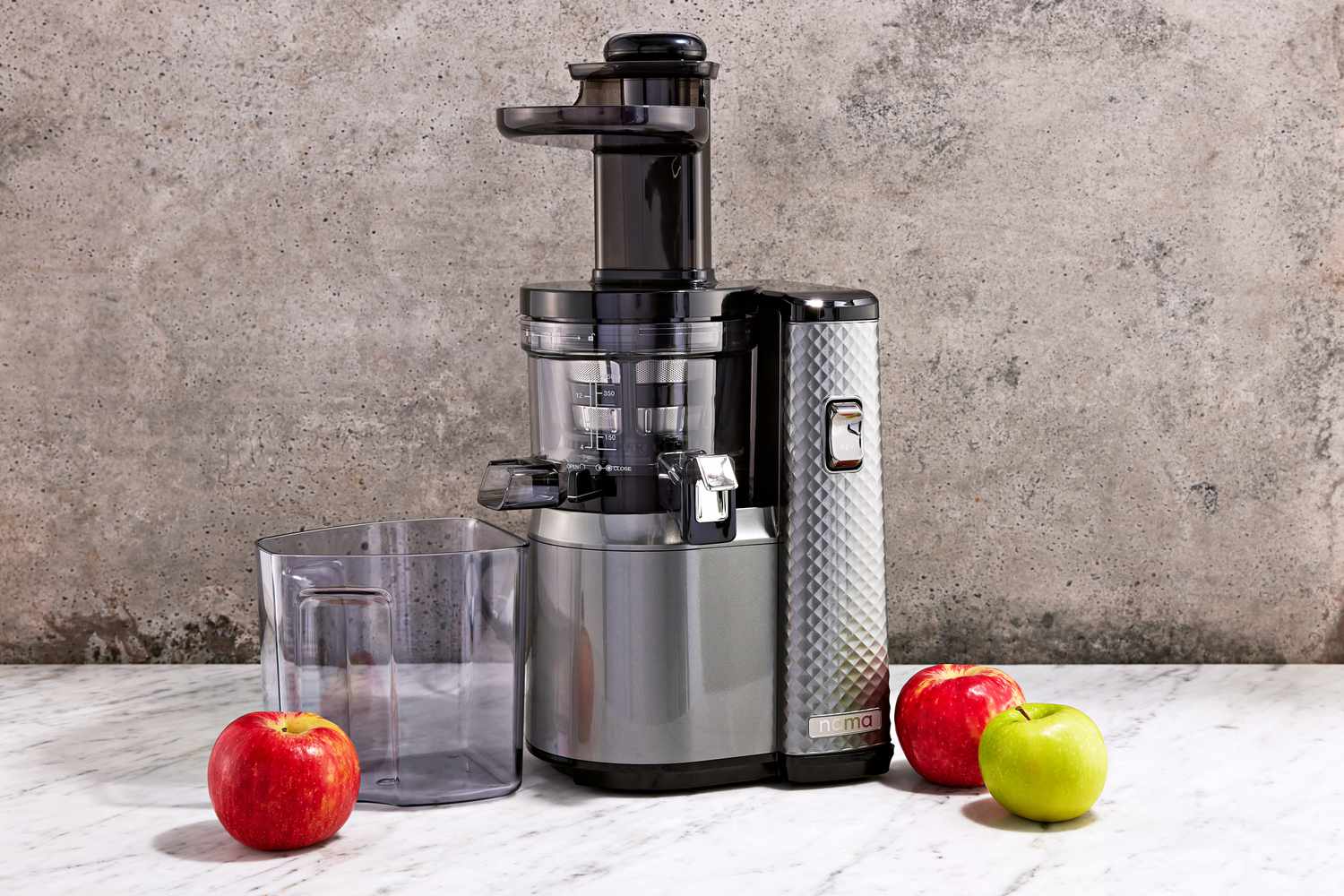
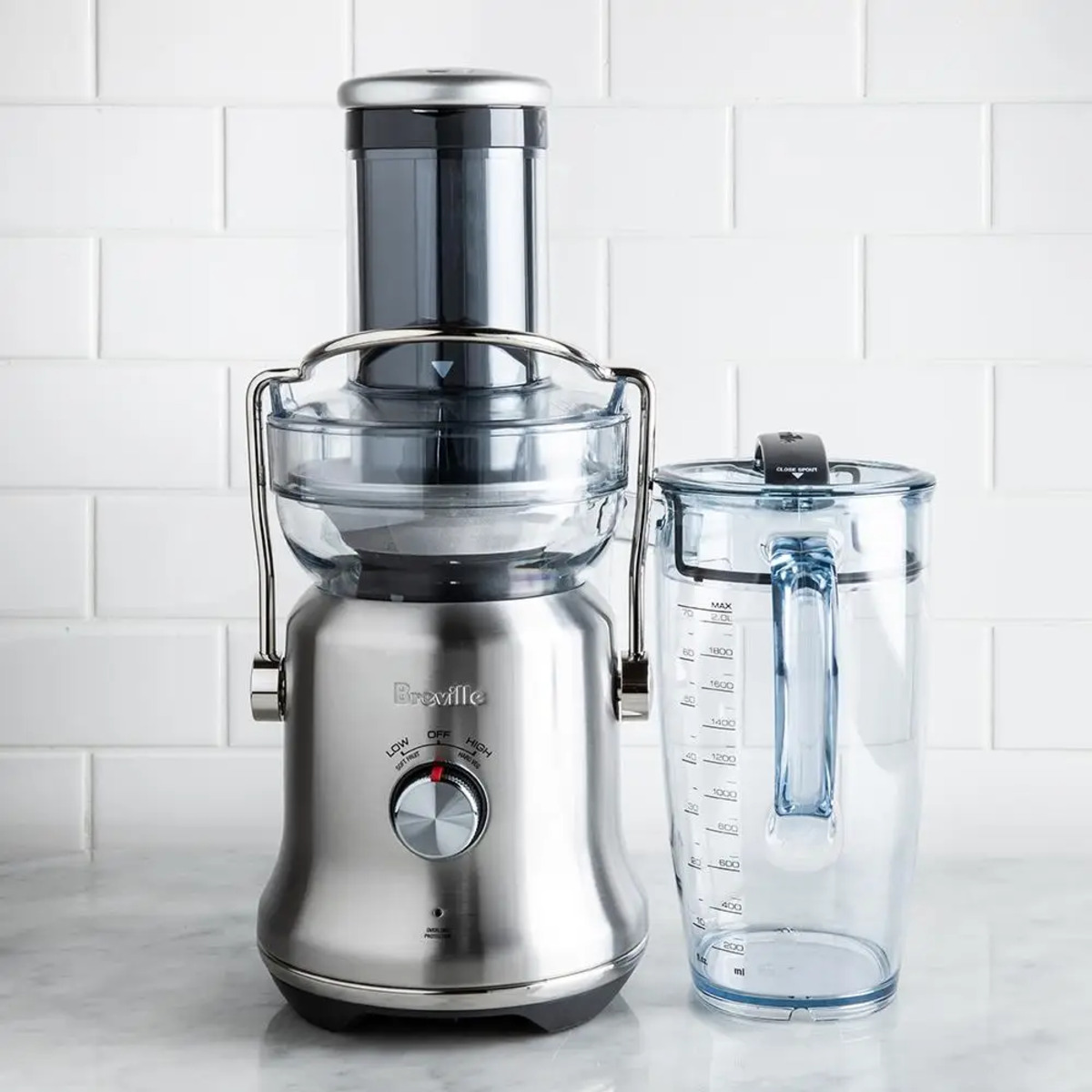
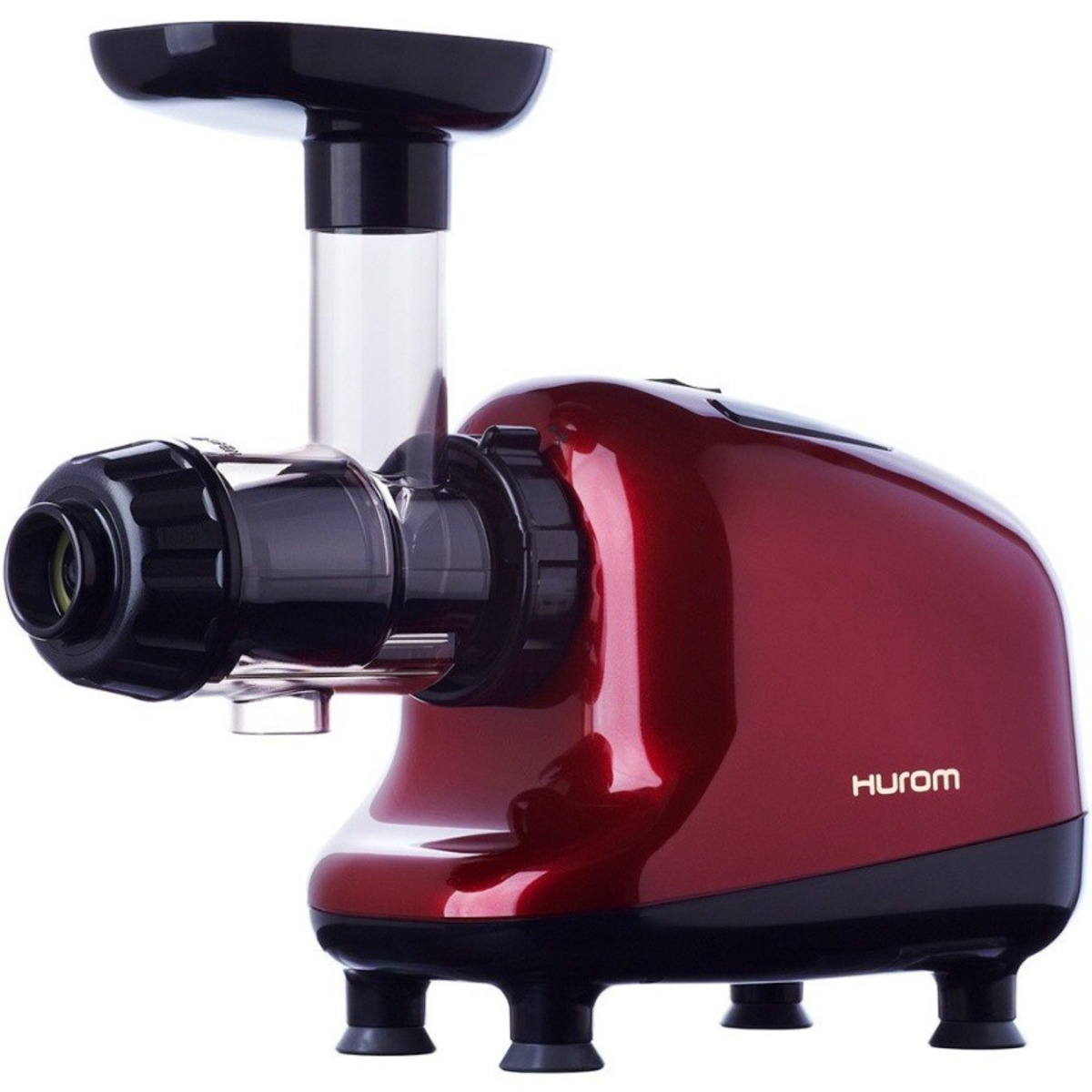
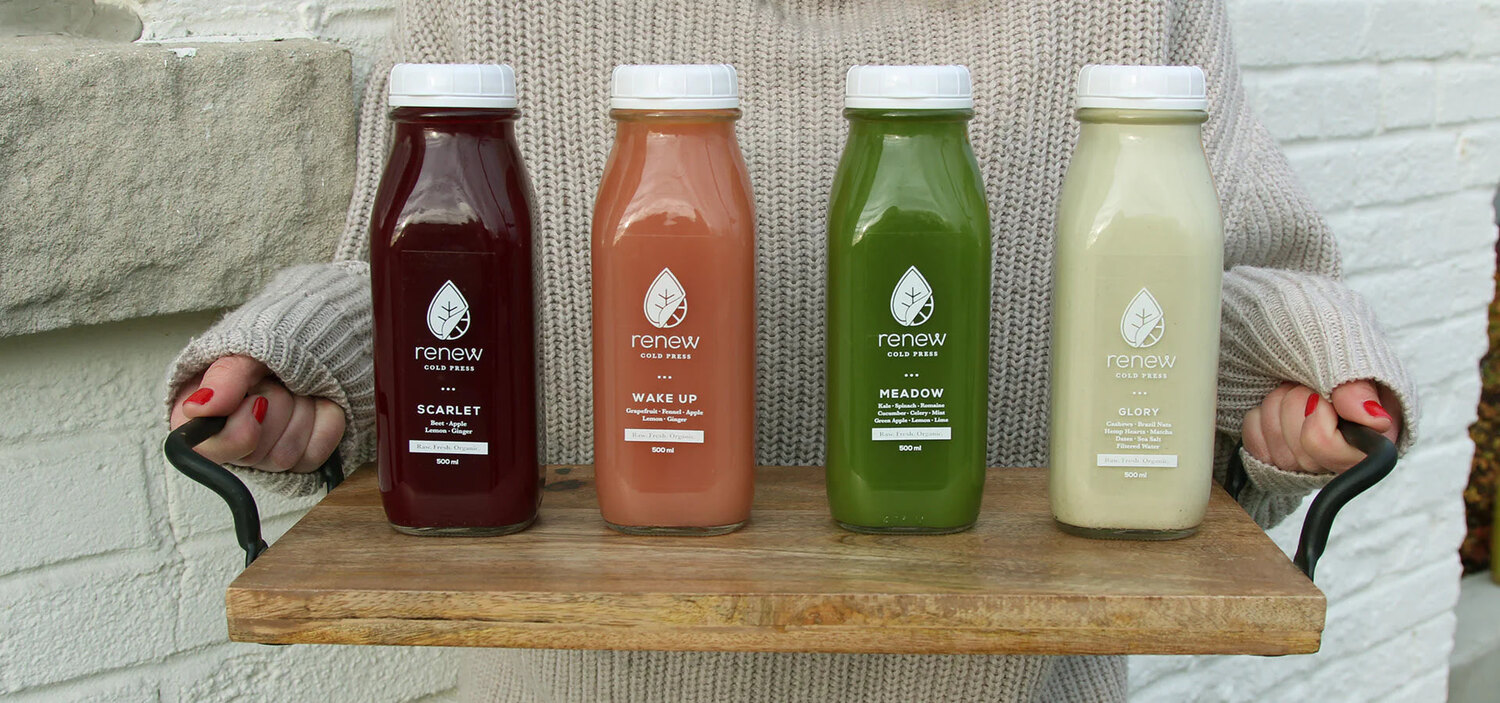
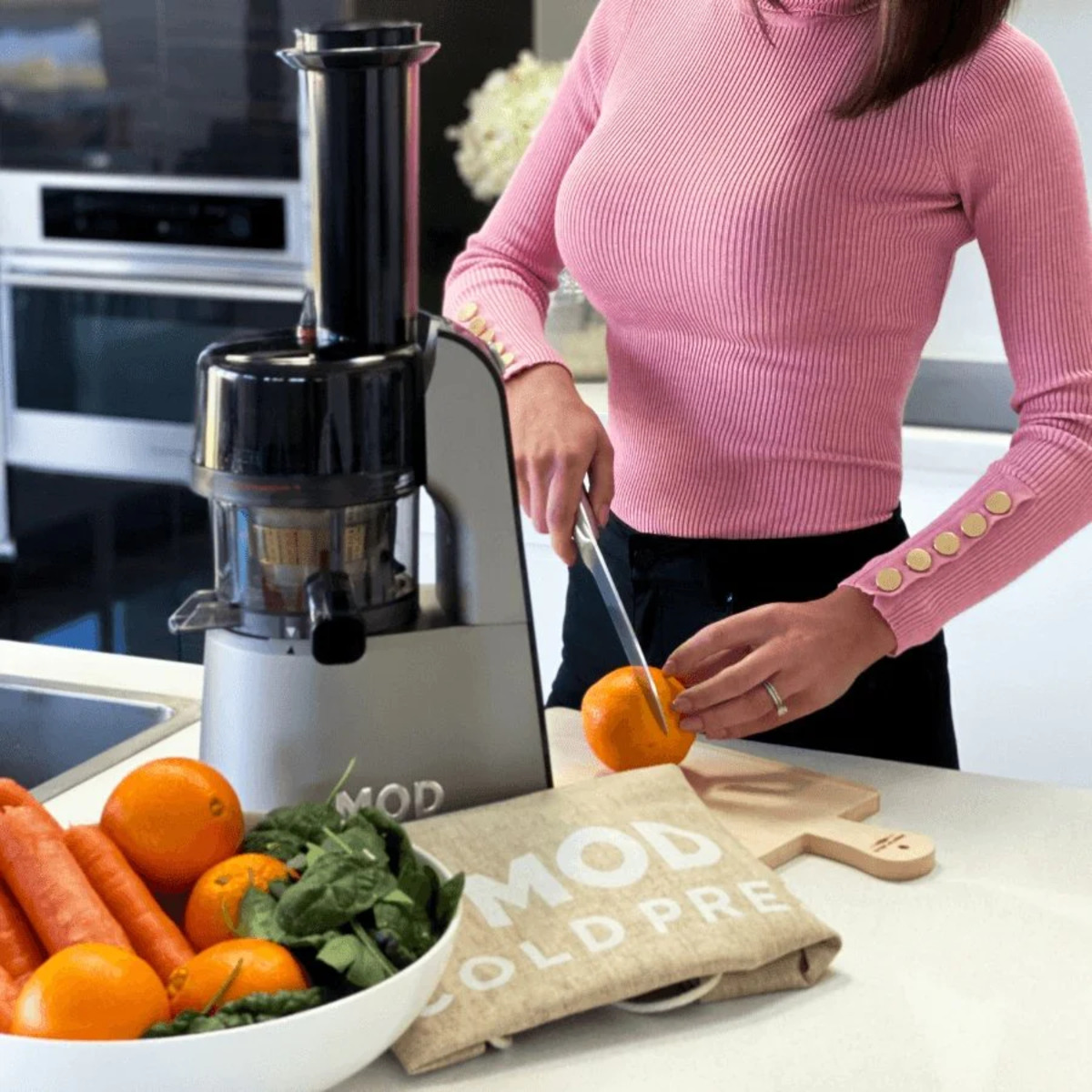
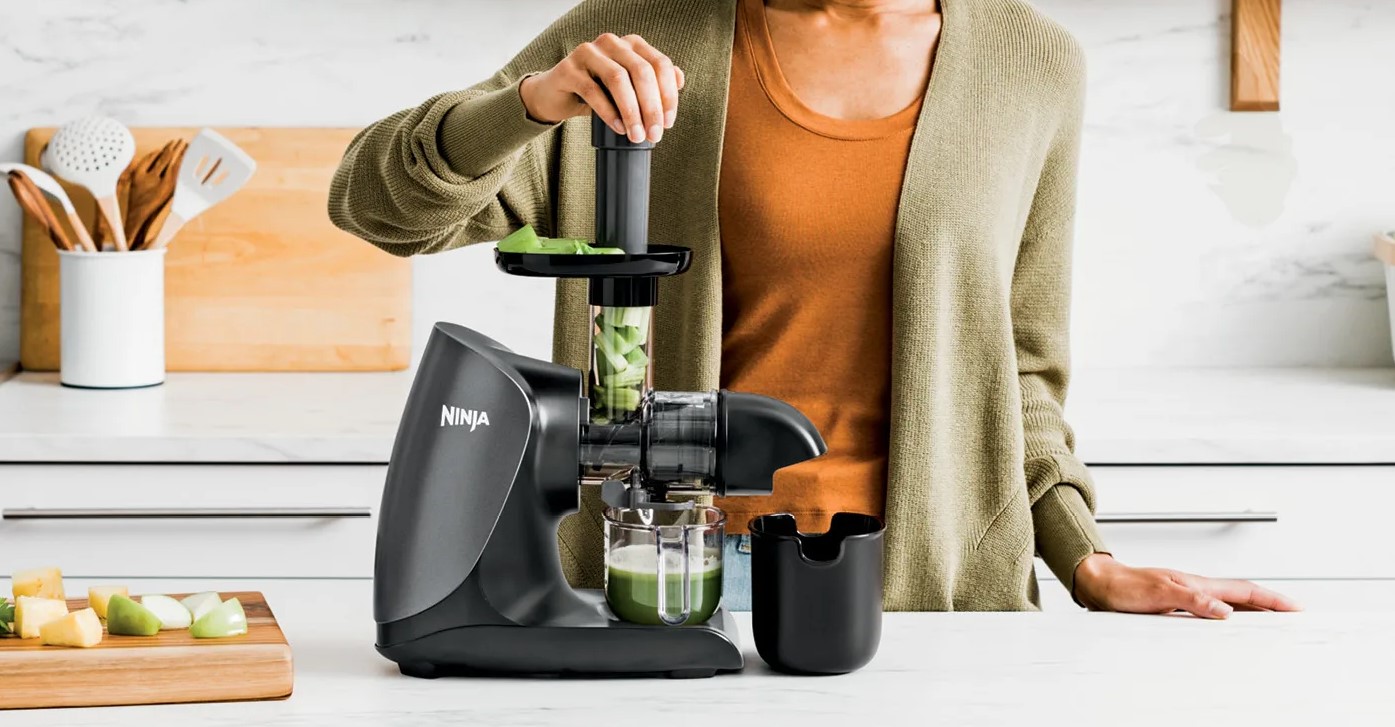
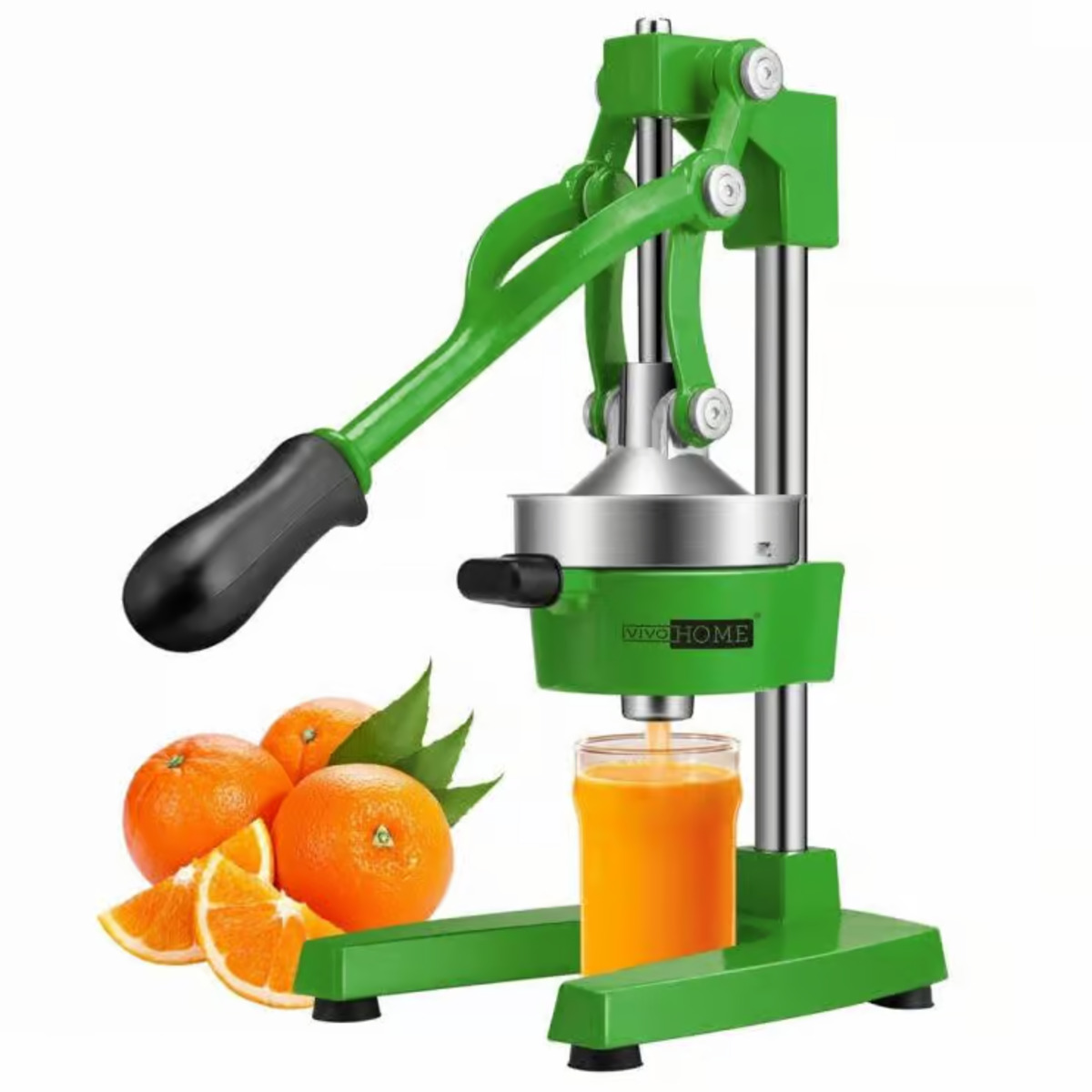
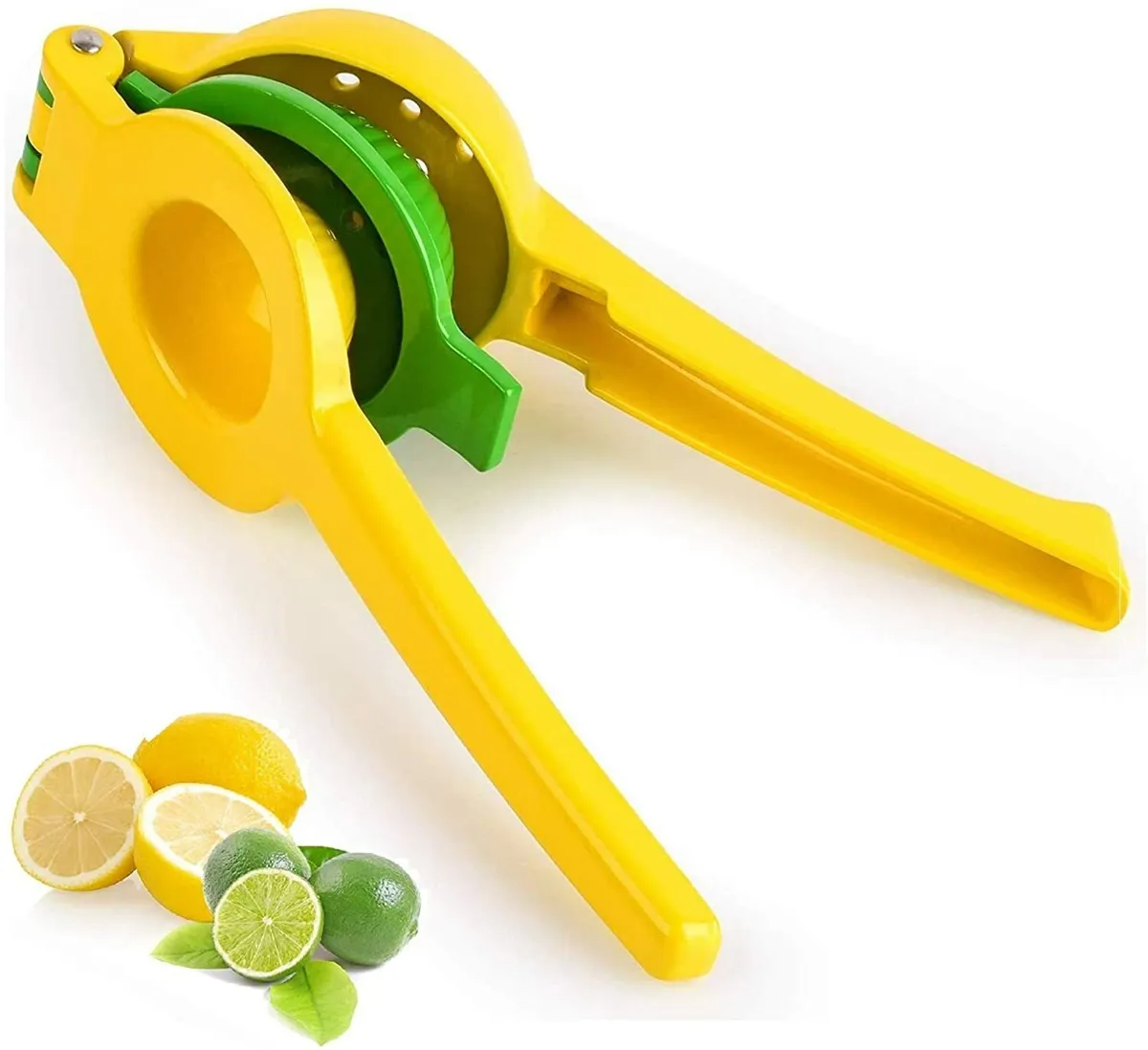
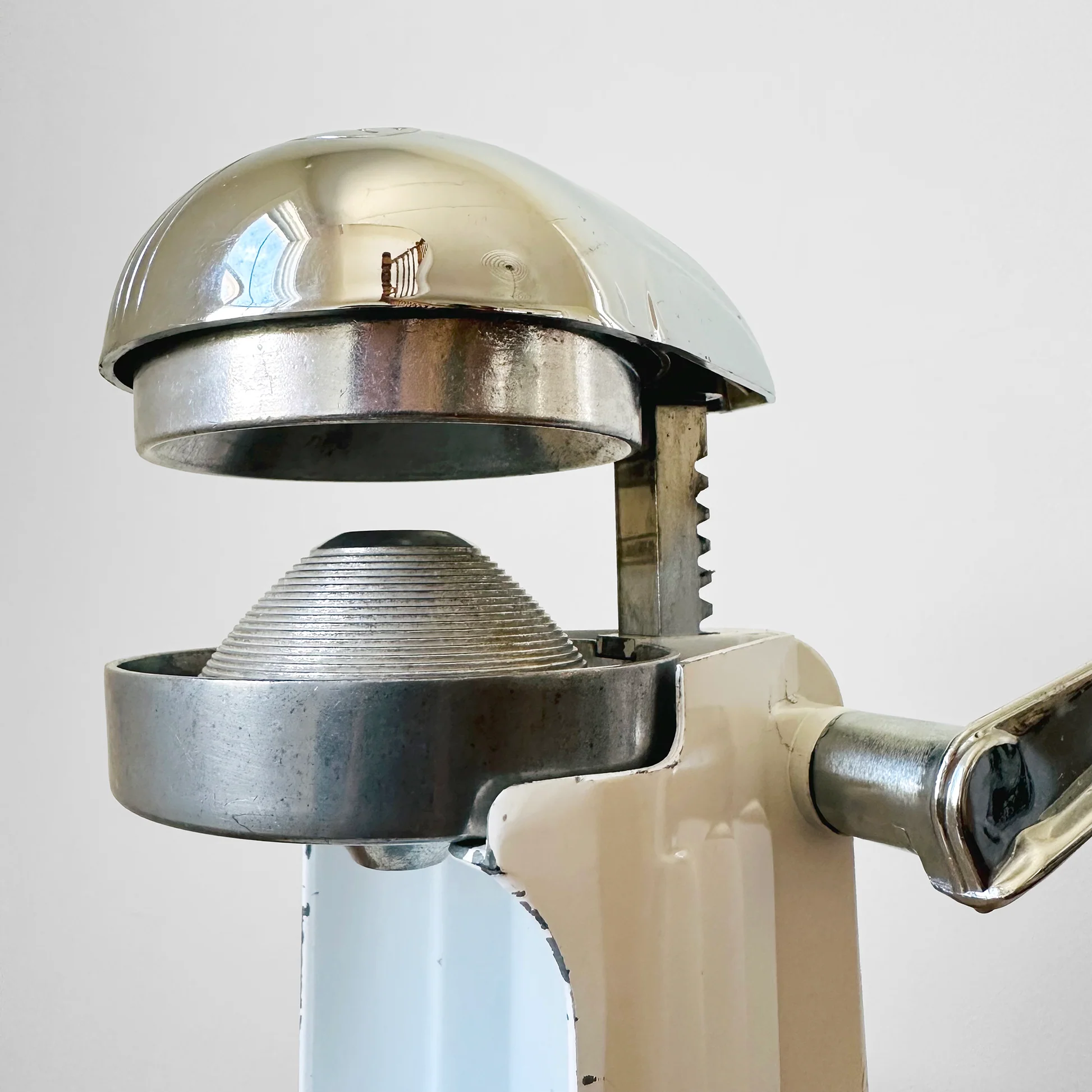
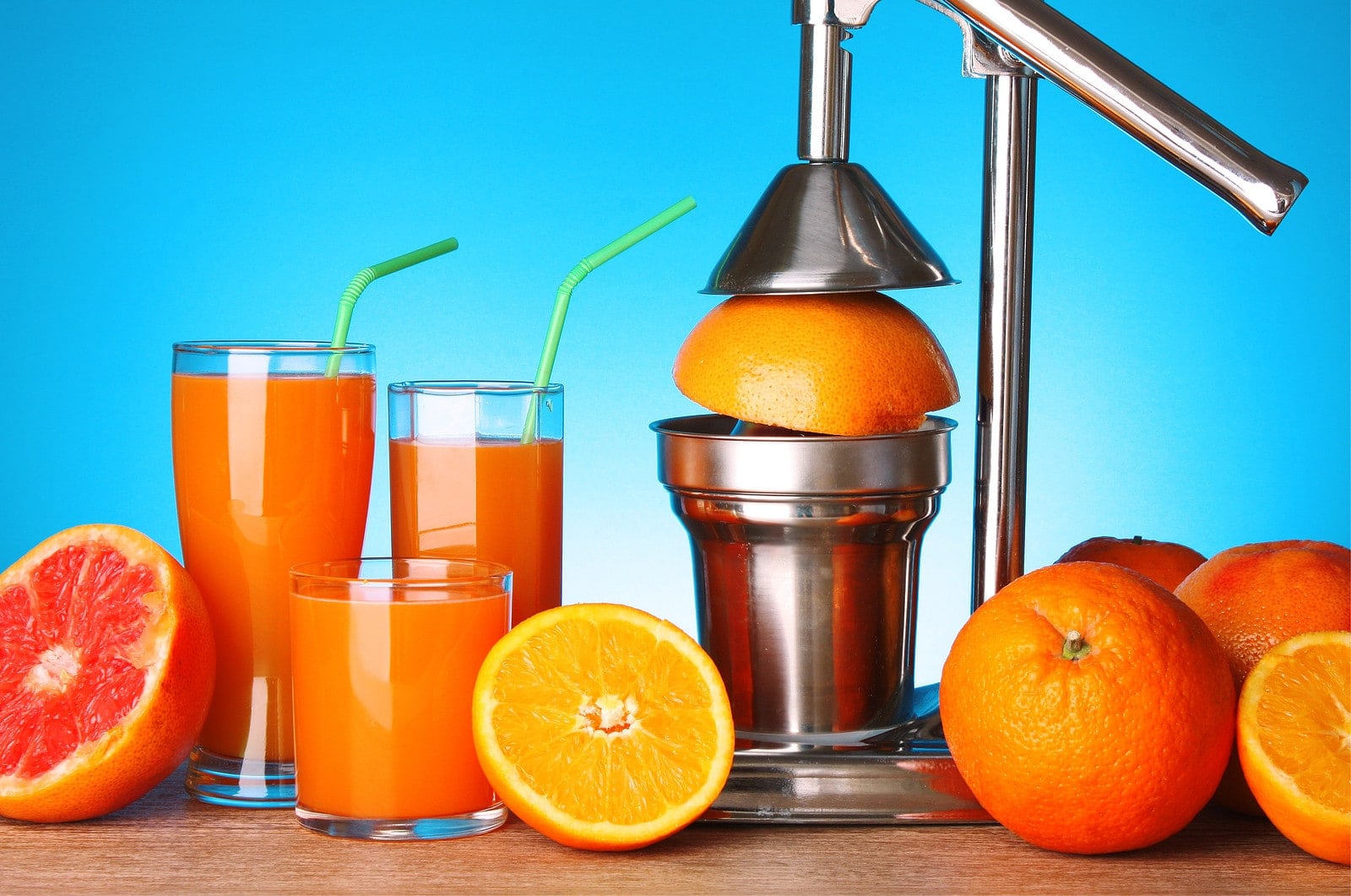
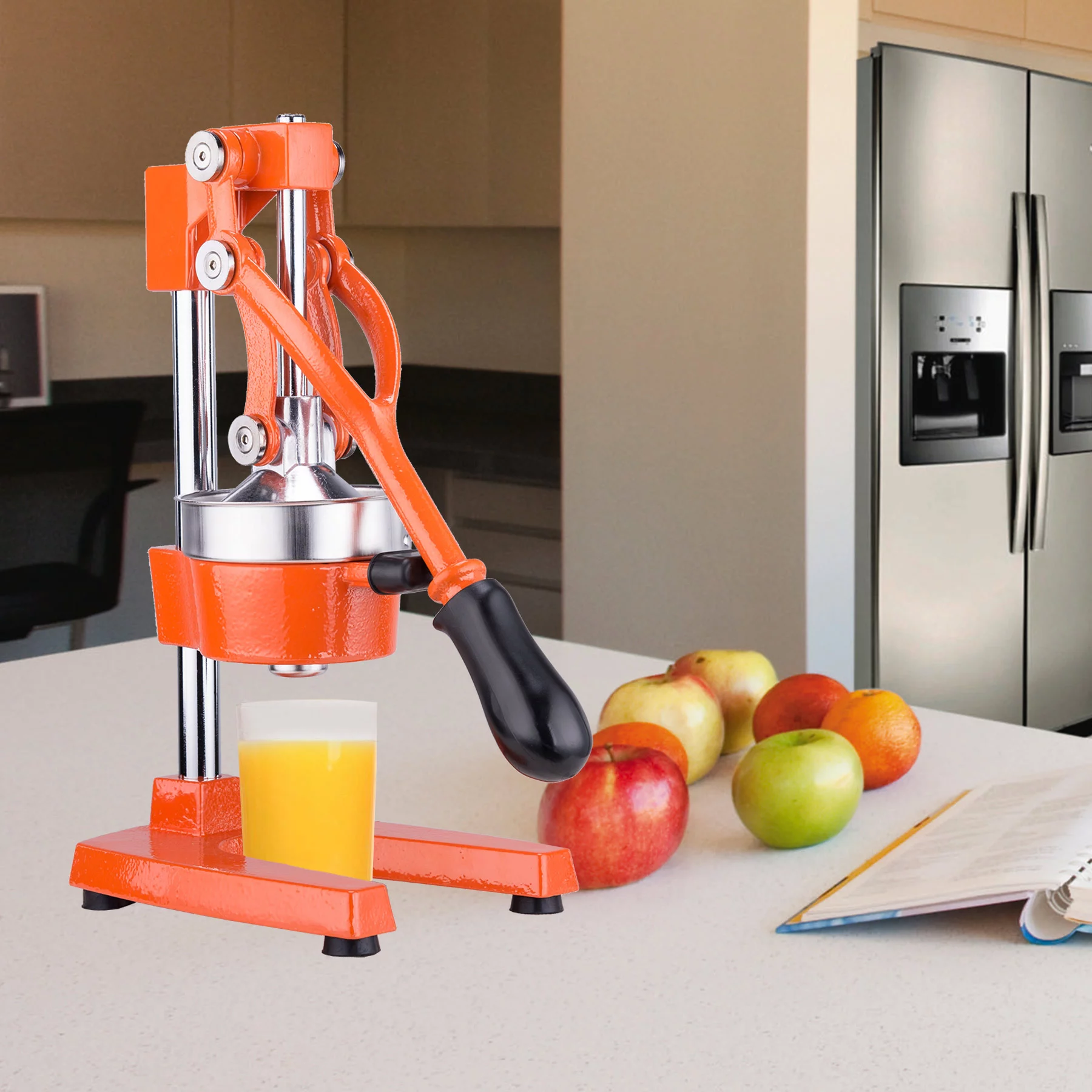
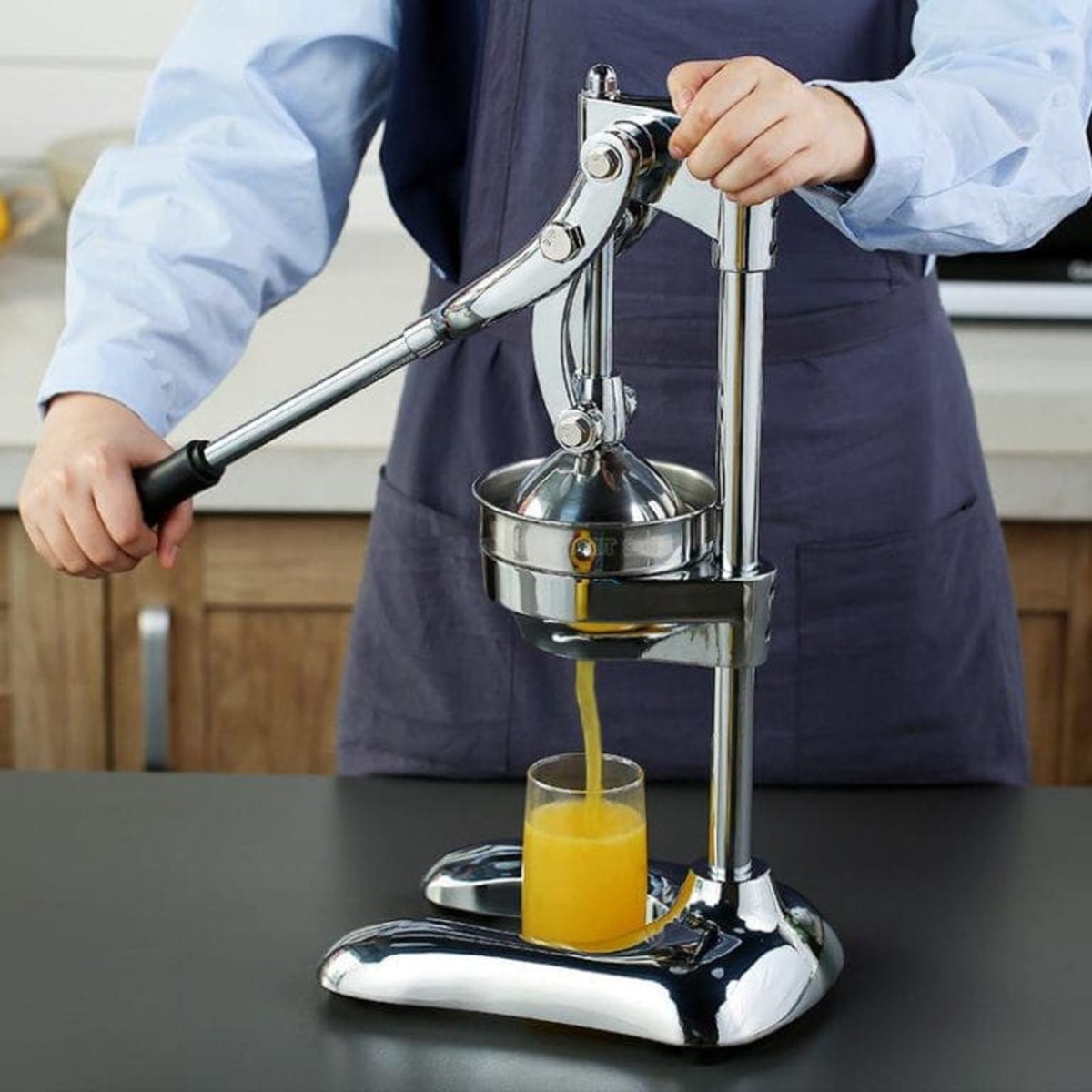



0 thoughts on “How Does A Cold Press Juicer Work”